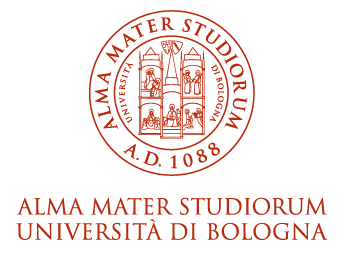- Docente: Giovanni Camera Roda
- Credits: 3
- Language: English
- Teaching Mode: Traditional lectures
- Campus: Bologna
-
Corso:
Second cycle degree programme (LM) in
Chemical and Process Engineering (cod. 8896)
Also valid for Second cycle degree programme (LM) in Environmental Engineering (cod. 8894)
Learning outcomes
At the end of the course the student has knowledge about the fundamentals of photocatalytic reaction and design of photocatalytic processes and the about use of materials suitable for the photocatalytic application in environmental protection.
Course contents
Requirements/Prior knowledge
A prior knowledge and understanding of chemical reactor engineering is required to attend with profit this course.
In addition, students should master the utilization of spreadsheets.
Fluent spoken and written English is a necessary pre-requisite: all lectures and tutorials, and all study material will be in English.
Basics of photocatalysis:
Definition of Photocatalysis. Photocatalysis as an Advanced Oxidation Technology.
Kinetics: Rate of reaction and relevant parameters. Photodifferential reactor for the kinetics analysis.
Slurry reactors and Immobilized Photocatalyst: Comparison (Pros and Cons). Techniques of deposition of films.
Natural and artificial light. Functional wavelengths.
Radiant Energy Transfer and the relative balance equation (Radiation Transport Equation RTE). Methods for the solution of the RTE.
Design of a Photocatalytic Reactor: Choosing the Optical thickness. Optimal Thickness of a Photocatalytic Film. Yields and Effectiveness Factors of a Photocatalytic Reactor.
Detoxification by Photocatalysis: Photocatalysis in aqueous streams. Photocatalysis for gaseous effluents Passive utilization of building materials functionalized for photocatalytic activity.
Photocatalytic Self-Cleaning Materials.
Integrated processes: Process Intensification by Integration of Photocatalysis with Separation Processes or other Advanced Oxidation Technologies.
Laboratory experiences:
-
Experiments:
-
Kinetic analysis with a photocatalytic differential slurry reactor.
-
Deposition of a photocatalytic film by the sol-gel method.
-
Photocatalytic synthesis of vanillin.
-
Air depuration by photocatalysis.
-
Process intensification in photocatalytic ozonation.
-
Solution of the radiant energy transport equation to obtain the LVREA distribution.
-
Solution of the local mass balance inside a photocatalytic reactor.
Readings/Bibliography
A. Fujishima, K. Hashimoto and T. Watanabe, TiO2 Photocatalysis. Fundamentals and Applications, BKC inc. 1999.
V. Augugliaro, V. Loddo, M. Pagliaro, G. Palmisano and L. Palmisano, Clean by Light Irradiation. Practical Applications of Supported TiO2, RSC Publishing 2010.
H. De Lasa, B. Serrano and M. Salaices, Photocatalytic Reaction Engineering, Springer 2005.
Teaching methods
Availability of power point presentations on the topics of the course.
Examples on the design and the analysis of photocatalytic reactors.
Simulation programs.
Case studies.
Assessment methods
One final test.
Report on chosen topics or experiments.
Teaching tools
Power point presentations.
Application of mathematical models to simulate and analyze photocatalytic processes.
Laboratory facilities for the correct kinetic analysis of a photocatalytic reaction.
Office hours
See the website of Giovanni Camera Roda
